Now is the perfect time to begin planning and planting new plants and flowers in your garden. With Melbourne’s very specific climate there are some plants that will thrive better than others. Start by pruning and clearing out weeds and debris before planting. You will also need to replenish your soil with healthy doses of mulch and organic compost. The flowers you plant will reward you with beauty, fragrances, and colour for months to come. And they’re fantastic for attracting bees and bird life into suburban areas, which is more important than ever. Today we are going to discuss the best flowers to plant in Spring.
What Flowers to Plant in Spring?
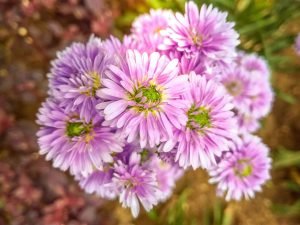
Asters
Asters are happy in any good, garden soil when placed in full sun. to encourage fast growth by mixing the soil with a balanced organic fertiliser before planting. Make sure you don’t overfeed or they may not bloom well. Don’t overcrowd asters, they need at least 30cm around. They can be sown straight into the warm soil in Spring. Make sure you provide asters with a grow-through support to keep them upright in late Summer when they are blooming heavily. They make a stunning feature plant in any garden with blossoms coming in pink, lavender, purple, red and white. Gather flowers for indoor arrangements when the blossoms are just opening. Keep them in fresh water for petals to last 2 weeks.
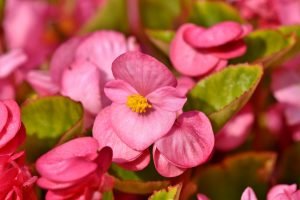
Begonias
Begonias are stunning flowers to plant in Spring. They thrive in any fertile soil that holds moisture well. They like partial shade to full sun and should have shelter in Winter to survive frosts. Prior to planting, mix a balanced organic fertiliser into the soil as well as well-rotted compost. If growing them in containers, they need a rich compost that holds moisture well. Ensure plants have at least 30cm around them. It is easiest to buy begonias as inexpensive bedding plants and plant in Spring as soon as frosts have finished.
Begonias are the easiest to grow and are incredibly adaptable, use them to bring colour to isolated spots or repeat across the garden landscape to create a sense of unity. They are also very easy to grow in containers for smaller gardens and balconies. Begonias rarely need trimming except to remove injured branches and dead flower clusters. They will require more water in drought conditions. Begonia colours include white, red, and pink and the foliage ranges from light green to dark red.
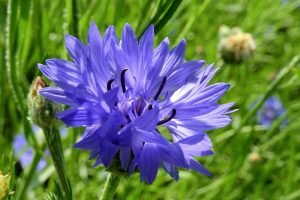
Cornflowers
Cornflowers thrive in full sun when planted in any good quality garden soil. To encourage fast growth, mix an organic fertiliser into the soil before planting. Allow each plant at least 20cm all round. You can either plant purchased plants into the garden in Spring or plant seeds in containers in Winter in preparation for Spring. Planting seeds in Spring can be difficult as the seeds are a favourite of small birds. If you live in a rural area cornflowers can attract rabbits who love to eat them, especially in early Spring.
As well as brightening your garden, cornflowers are ideal of indoor flower arrangements.
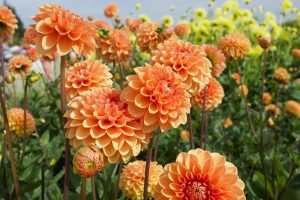
Dahlias
Dahlias are also stunning flowers to plant in Spring. They love rich, fertile soil with excellent drainage and being planted in full sun. you need to top dress with rich compost in early Summer after new growth appears. You should also fertilise with a liquid fertiliser in midsummer to support re-blooming. They will crowd any close neighbours so ensure they have 60cm of space around them. Purchase as dormant crowns and plant each tuber in a wide hole dug at least 30cm deep. Generously add rich compost and organic fertiliser before planting. As soon as the first stems appear, hill soil around the base and then mulch. They will bloom all Summer if regularly watered and fertilised. Their colour range is endless and are perfect for styling an English garden. Dahlias also make idea cut flowers for indoor flower arranging. Cut as soon as the blossoms open in early morning and place in warm water.
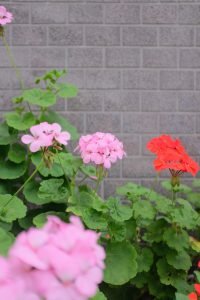
Geraniums
Like dahlias, geraniums love fertile soil with excellent drainage but prefer either full sun or partial shade. Prior to planting, add an organic fertiliser to the soil along with compost. If you are potting your geraniums, ensure the compost is coarse and drains well. You need to fertilise geraniums from midsummer onwards. They look best planted in groups or as the central focus in your container or garden. They need about 30cm space all round. Plant in Spring after frosts pass.
Geraniums will produce new flowers every three weeks as long as you snip off the older blooms. The most common colours are red, pink and white.

Impatiens
For beautiful, healthy impatiens, plant in fertile, well-drained soil in partial sun. Again, ensure you mix in an organic fertiliser prior to planting. It is also important to drench the impatiens in a liquid plant food to ensure new growth. They grow best in shade, making them ideal for balconies. Ensure each plant has 20cm space all around. They also need a steady supply of water. Impatiens drop their own blooms easily so there’s no need to remove old blossoms but pruning back old plants can stimulate growth. There are more than 20 different colours and bicolours, making them a stunning, colourful addition to your garden.
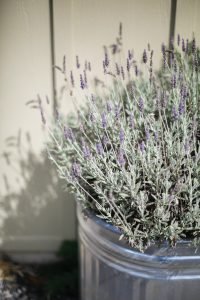
Lavender
Perfect for attracting bees, plant lavender in any average garden soil, as long as it is well-drained. Lavender does best in full sun or partial afternoon shade, in an area with excellent air circulation. They only need an annual top dressing of rich compost in Spring. Plant lavender 40cm apart and wait until Spring to prune back lavender. Gather spikes as soon as they open, dry in bundles then store in an airtight container.
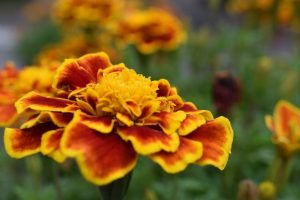
Marigolds
A stunning addition to any garden, marigold love a good sunny site with good drainage. Ensure the site is in partial afternoon shade or full sun. mix a light amount of fertiliser into the soil before planting. Give plants at least 20cm space and plant in Spring.
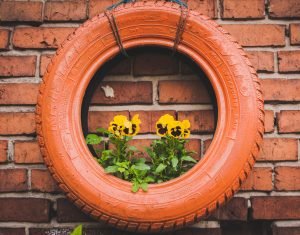
Pansies
Pansies are a long time favourite and thrive in good garden soil with decent drainage. Like many of our other plants, you can encourage fast growth by mixing in organic fertiliser before planting. Drench pansies with a liquid fertiliser every 3 weeks to ensure longer blooming. Give each plant at least 25cm spacing. Pansies are favourites as they come in a wide variety of colour combinations and many feature “face” markings.
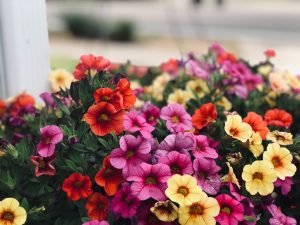
Petunias
Petunias love any garden soil with excellent drainage. Plant them in full sun or partial shade for the best blooms. Add some fertiliser to the soil before planting along with some compost. Feed established plants with fertiliser, monthly, from midsummer to Autumn. Petunias like to sprawl so they are amazing as foreground plants for more upright flowers like zinnias or sunflowers. They are also beautiful as part of mixed containers. Just ensure you give each plant 30cms space each way. Either grow from seeds or from established purchased plants. Seeds will need bright light in order to grow well. Like impatiens, petunias come in many colours and bicolours, and some even come with frilly, double blossoms. However, the more heavy plant is with blossoms, the more likely it will be destroyed in rain. Snip any seed capsules off every week or so.
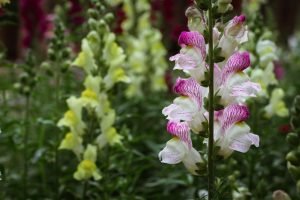
Snapdragons
These are eye catching, exciting plants to have in the in any garden and are some of the best flowers to plant in Spring. They certainly bring a wow factor to all spaces. Sitting upright and uniform, they look stunning grown in groups or used as an upright element in a mixed container. Snapdragons thrive in fertile garden soil with excellent drainage and full sun. to encourage fast growth, mix in an organic fertiliser before planting. Ensure each plant has 30cm of space around it for best growing conditions. Save time by buying snapdragons as bedding plants. Some snapdragons grow tall enough to need staking so make sure you check for any drooping plants. Snapdragons come in a wide variety of bicolours and colours including red, yellow, orange, white, pink, and violet. They also make great cut flowers! Gather when two-thirds of the flowers have opened. They will fade outdoors so snip them to encourage reblooming.

Sunflowers
Sunflowers are growing in popularity and look amazing in any garden. They love a full sun, sunny site with good drainage. Before planting, mix soil with a light application of fertiliser. Ensure plants have 30cm of space all round for best growing but some tall or multi-branched bushes may need 1m of space. You can cut sunflower heads when the seeds inside the edges appear ripe and fall away when rubbed – or when bird start harvesting them! But remember, sunflowers will twist to face the most sunlight, which may be in the opposite direction of your garden. So plant carefully.

